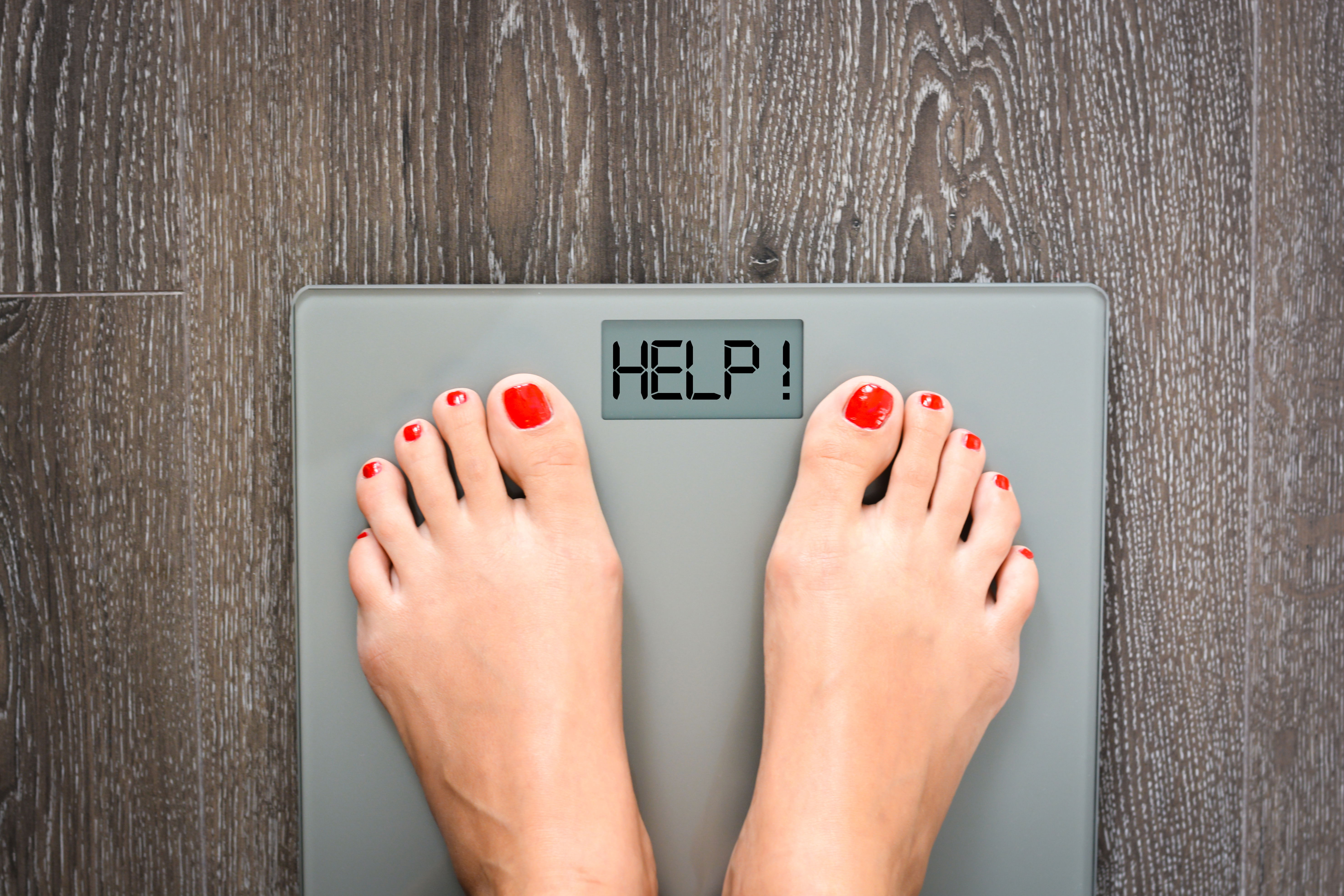What Is Your Healthy Body Weight?
Everywhere we look in the world we are inundated with pictures, images, icons and inferences of the 'perfect' female shape! The truth is that many of these images are altered or enhanced in some way and do not depict the typical female form. The pressure to lose weight is immense when we are bombarded every day with media selling products based on slimness, sex appeal and fashion. The constant message is that slimness will make you desirable.
With the current demographic trends and a sea of high fat, high sugar combined with physical inactivity; it is time to pay attention to our weight but not for any reasons of desirability. The most important reason for wanting to be a healthy body weight is for health rather than for how your body looks.

Overweight and obesity are major public health problems in western countries and quickly taking over South Africa. Since the 1980s both adult men and women have become heavier, with obesity rates more than doubling in the last 20 years! Children are also becoming heavier. Dr Mosima Mabunda, Head of Wellness at Discovery Vitality reported that in South Africa, 31% of men, 68% of women and about 13% of children under five years old are overweight or obese (The Vitality Obecity Index, 2023). There is a growing concern that we are inadvertently training our overweight children to become obese adults. It has been said, we are digging our graves with our teeth! So how can we determine what is a healthy body weight for each individual?
How do you tell if you are overweight?
As we are all different shapes and sizes, there is not one recommended weight for your height. Instead there is a range of weights that are healthy for your height. One way to check your weight is to calculate your Body Mass Index or BMI.
Your BMI is a ratio or comparison of your height and weight expressed in a number. To find out your BMI you need to divide your weight (measured in kg) by your height (measured in m) squared. If you do not know your measurements in the metric system you can find any number of BMI calculators online that will do the conversion for you into empirical measures.
The accepted definitions of weight categories according to WHO by BMI are:
- Underweight - BMI less than 18.5
- Healthy weight - BMI between 18.5 and 24.9
- Overweight (Pre-Obesity) - BMI equal to or greater than 25 and up to 29.9 with 13% risk of heart disease
- Obese Class 1 - BMI equal to or greater than 30 and up to 34.9 with 44% risk of heart disease
- Obesity Class 2 (severe or morbid) - BMI between 35 and 39.9 with 88% risk of heart disease
- Obesity Class 3 (extreme) - BMI greater than 40 with 251% risk of heart disease
BMI remains gold standard but there are obvious and important certain limitations. These BMI values only apply to adults aged 18 years and over and are based on studies of Caucasian populations. Therefore, they are not applicable to children and adolescents. In the elderly there is gradual height loss which alters the BMI ratio, generally in extreme height variations such as dwarfism, gigantism, Marfan’s syndrome, as well as homocystinuria BMI becomes less accurate. It does not differentiate between lean body mass resulting in more masculine individuals having abnormally high BMI indices. Individual bone density can also affect your weight and essentially your BMI. Hence people with raised BMI levels may be medically well and not at risk for disease. It fails to describe fat distribution where more visceral or abdominal fat carries a higher risk for the metabolic syndrome than generalized somatic subcutaneous fat. BMI is not an appropriate measure of obesity across ethnic/cultural and racial groups.
Another way to check your weight is to measure your waist circumference, using a tape measure. This gives you an idea of whether you have a lot of fat stored around your middle. Waist circumference is measured with the patient standing and the tape measure is placed at the midpoint between the lowest rib and the top of the iliac crest on exhalation and best in the unfed state.

Waist circumferences associated with increased health risk are:
- For men Waist circumference greater than 94cm
- For women Waist circumference greater than 80cm
Why do we care so much about abdominal or visceral fat?
There is a two to four-fold increased risk of cardiovascular disease due to factors such as increased insulin resistance, hypertension, elevated triglycerides (TG), decreased high-density lipoproteins (HDL), and raised uric acid levels, all associated with greater abdominal fat distribution. Why abdominal fat? These fat cells are linked to innate immune macrophage cells, leading to an elevated inflammatory response. Additionally, there is a direct connection between free fatty acids and fatty liver infiltration. Therefore, it is crucial to measure patients' abdominal girths and weights. Studies show that even with a moderately elevated BMI of 27 kg/m², there is over 80% visceral fat accumulation and fatty liver.
Being a healthy weight can help:
- Improve blood cholesterol levels, blood pressure and blood glucose levels
- Reduce your risk of other health related problems
- Improve self confidence and self esteem
- Make it easier to be physically active
If you are obese or overweight... try not to gain additional weight. This will help you in years to come as people tend to increase weight with age. Better still look after your body and follow a healthy lifestyle incorporating a nutritious, delicious, health enhancing weight loss program. Literature states that, you can significantly improve your overall health just by decreasing weight by a mere 0.5-9kg, which shows a reduction in all obesity related causes of mortality by 20%, reduction in malignancies by 40-50% and in diabetic deaths by 30-40%. Reduction in T2DM by 50% and 10% reduction in hypertension, with only 5kg loss.
BMI is an excellent indicator of where you stand health wise, it's however important to remember it's limitations. When in doubt measure your abdominal circumference which is more accurate when done correctly. And remember "A healthy body over body shape".

What are your opinions about BMI? Do you use a different measurement tool? Let us know.


